Worming its way between the polyps of a Galaxea coral, a miniature Braun’s pughead pipefish surveys its home as I look on. This incredible little fish, just two-thirds the length of a toothpick, has always been considered extremely rare. But I easily locate the pair I’m now watching as they navigate a newly pigmentless world. The usual healthy browns of the coral here have been replaced by stark white, contrasting dramatically with the chocolate colour of the pipefish.
Because it’s so rarely observed, there’s never been a study on the biology of this pipefish species. But my background offers a devastating rush of knowledge that allows me to conclude this would have to be the last few weeks of life for this wonderful pair of fish. Their bleached coral home is likely to imminently succumb to heat stress, another loss caused by ocean warming.
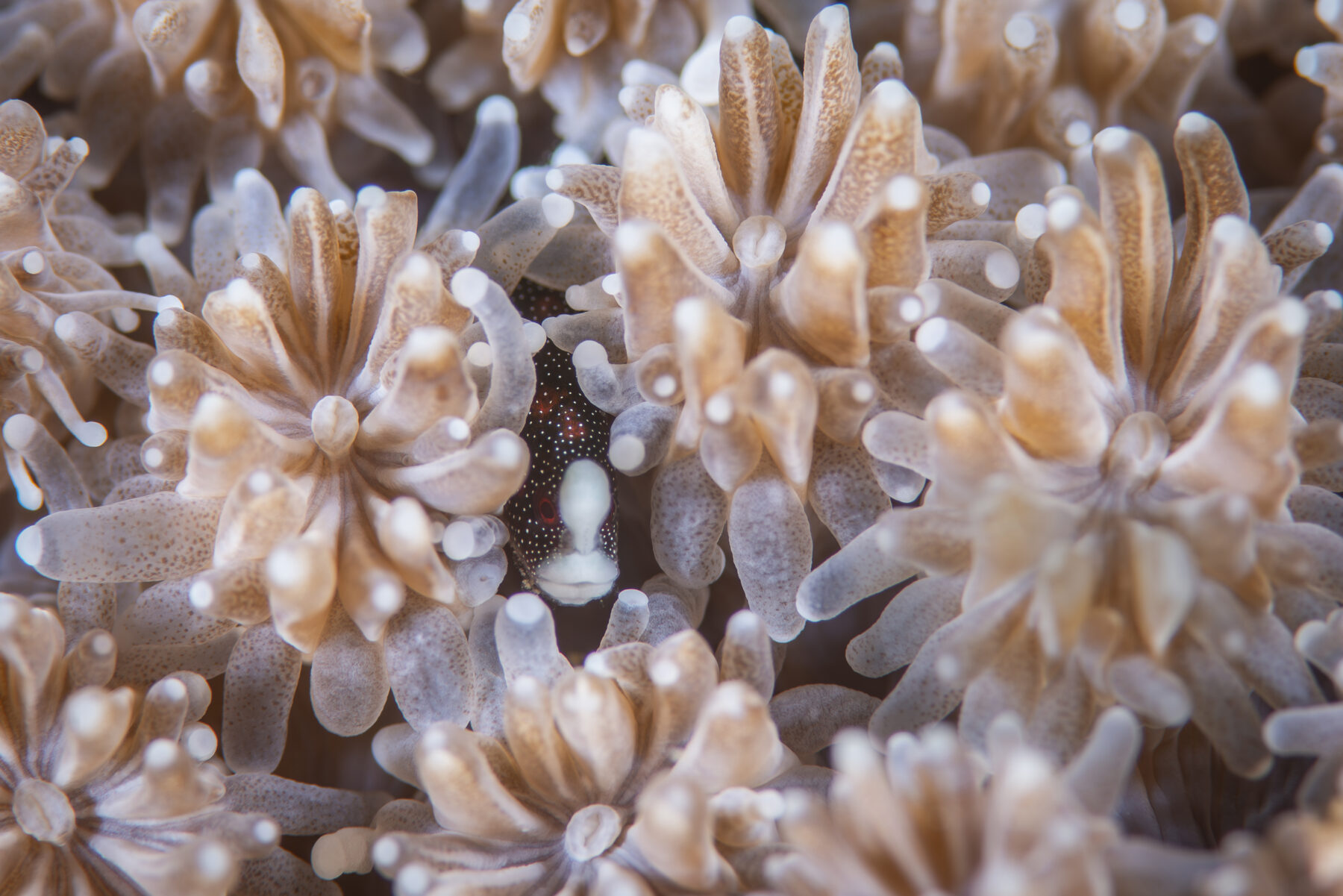
Drifting over expansive fields of corals in a gentle current has always been one of my most treasured underwater experiences. With each exhaled breath clouds of bright orange anthias and silvery fusilier damselfish dart from the blue waters above the reef, where they’re feeding on plankton, into the safe confines of the protective coral fortress. For me these reefs are like forests, but more tangible and immediate, where life’s bounty is all around. In a jungle you might hear a distant bird or capture a fleeting glimpse of a lizard scurrying across the path in front of you, but on a healthy coral reef you’re engulfed by life. Thousands of fishes, of many species, flit around in the water column and many more creatures are hidden in the reef below.
When I began diving, the conspicuous and colourful fishes drew my attention almost to the point of being overwhelming. Thousands of dives later, my focus is now on the small habitat specialists that live in a close and often obligatory association with another species. This focus on the reef’s diminutive life led to my doctoral research on pygmy seahorses living with soft gorgonian corals. Two of the eight pygmy species spend their entire adult lives on the surface of a single gorgonian coral. Another lives only on soft coral in shallow water. These seahorses, which each barely stretch across a 10 cent coin, revealed to me a new world of tiny creatures that live intimately with the reef’s structural organisms.
I recently returned, after 15 years, to the remote, pristine Milne Bay in south-east Papua New Guinea (PNG). It’s so remote that just before my visit, on one of the islands outside the bay, ornithologists rediscovered the black-naped pigeon pheasant which hadn’t been recorded for 140 years. Just beyond this island we began our exploration in the Conflict Islands, an even more remote coral atoll cluster to the bay’s east. Surveys have revealed these reefs harbour more than half of all the world’s coral species, which, in turn, support a huge array of other species.

We were excited preparing to dive these reefs so few have explored. As we rolled back into the clear blue waters the sight that revealed itself was unimaginable. Pure white corals stretched into the distance like an abstract scene from the European Alps. I estimated that up to 90 per cent of the corals were bleached pure white. My gut response was to get out of the water quickly, as if that might change things. In hindsight my reaction might have represented the first stage of grief: denial.
Mass bleaching of coral reefs clearly isn’t isolated to this corner of PNG. The same devastation has been unfolding on the Great Barrier Reef and across the world’s tropical oceans since the first recorded global coral bleaching in 1998. During the six weeks we dived Milne Bay’s reefs, corals went from bleached to dead, a carpet of fine filamentous algae ultimately cloaking the white skeletons. It happened before our eyes, including to individual coral colonies we’d come to recognise. “The more you know, the more you suffer” parable seems fitting when diving coral reefs in the 21st century.
At Milne Bay I saw many specialist coral-living species losing homes or food sources. Butterflyfishes are a diverse group of coral-eaters common on healthy tropical reefs. These crucial marine habitats are so biodiverse it can be a real headache for scientists to get a good estimate of how many species a particular reef might support. Counting the abundance and diversity of the relatively few conspicuous butterflyfishes on a certain reef gives a simple and reliable relative indication of the total species number the reef supports. Each fish has mouthparts precisely adapted to feeding on particular corals. The presence of a certain butterflyfish species shows that the particular corals it feeds upon must be present. As such, butterflyfishes are indicator species: the more a reef has, the more corals there must be and the more species the reef supports.
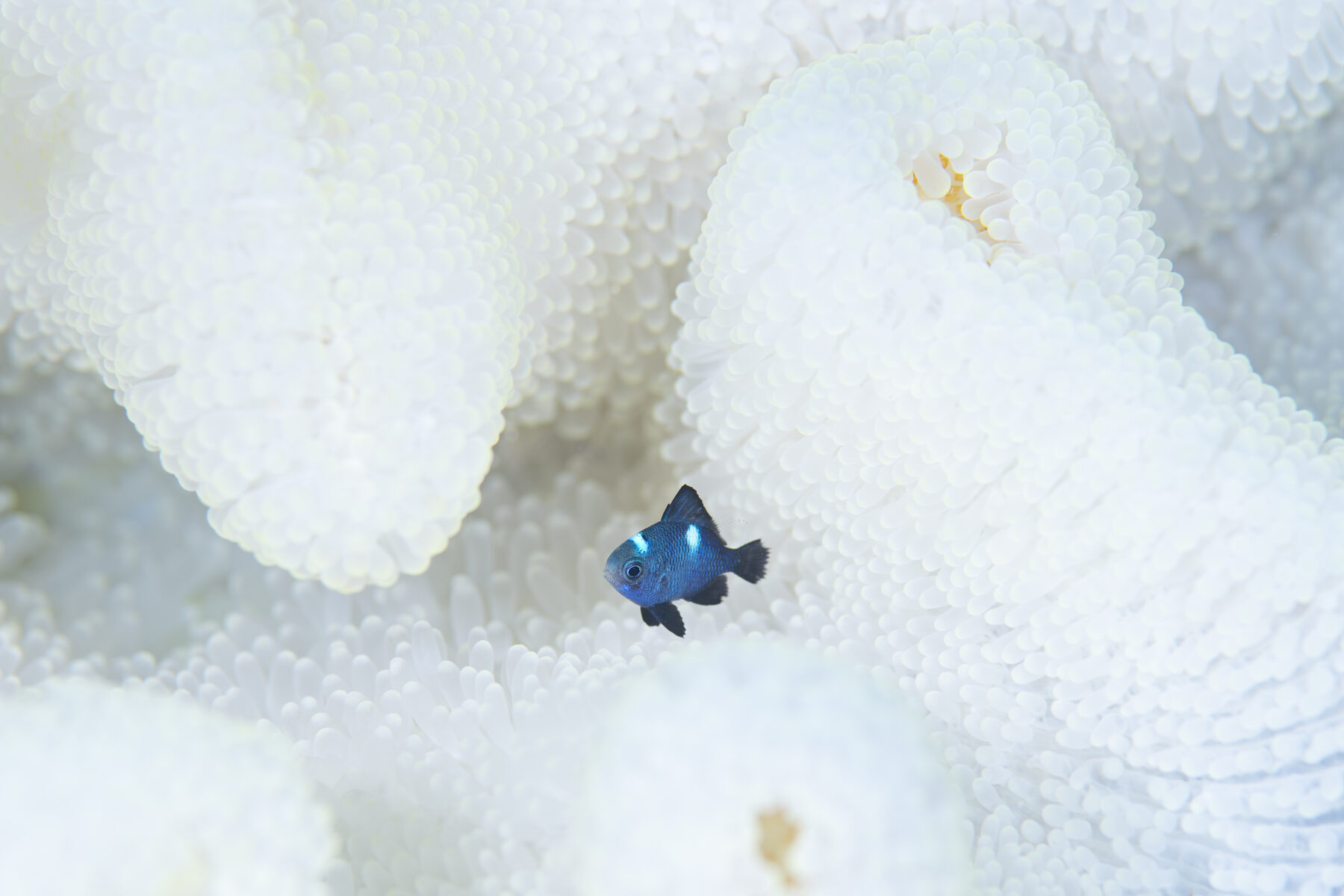
As the bleaching unfolded before us, what seemed like panic set in for the butterflyfishes. No doubt this is anthropomorphism, a cardinal sin for a behavioural biologist, but in the face of death we project our own fears and emotions. I’m sure the butterflyfishes had no frame of reference for what these events ultimately mean for their home, but I did. Specialist species such as these, which rely on a specific relationship for their survival, rarely have a Plan B when it comes to simply shifting to an alternate food source.
My imagination led to the next stages of grief: anger, because we’ve reached the point where anthropogenic climate change is warming the oceans and making coral bleaching events much more severe and frequent; and then bargaining, for the animal’s lives as the heat slowly cooks and kills their living larder.
The scale of degradation bleaching causes isn’t immediate. Initially when heat stress causes corals to bleach the zooxanthellae, symbiotic algae within the coral’s cells, leave. Suddenly the coral becomes transparent without pigments from the algae.
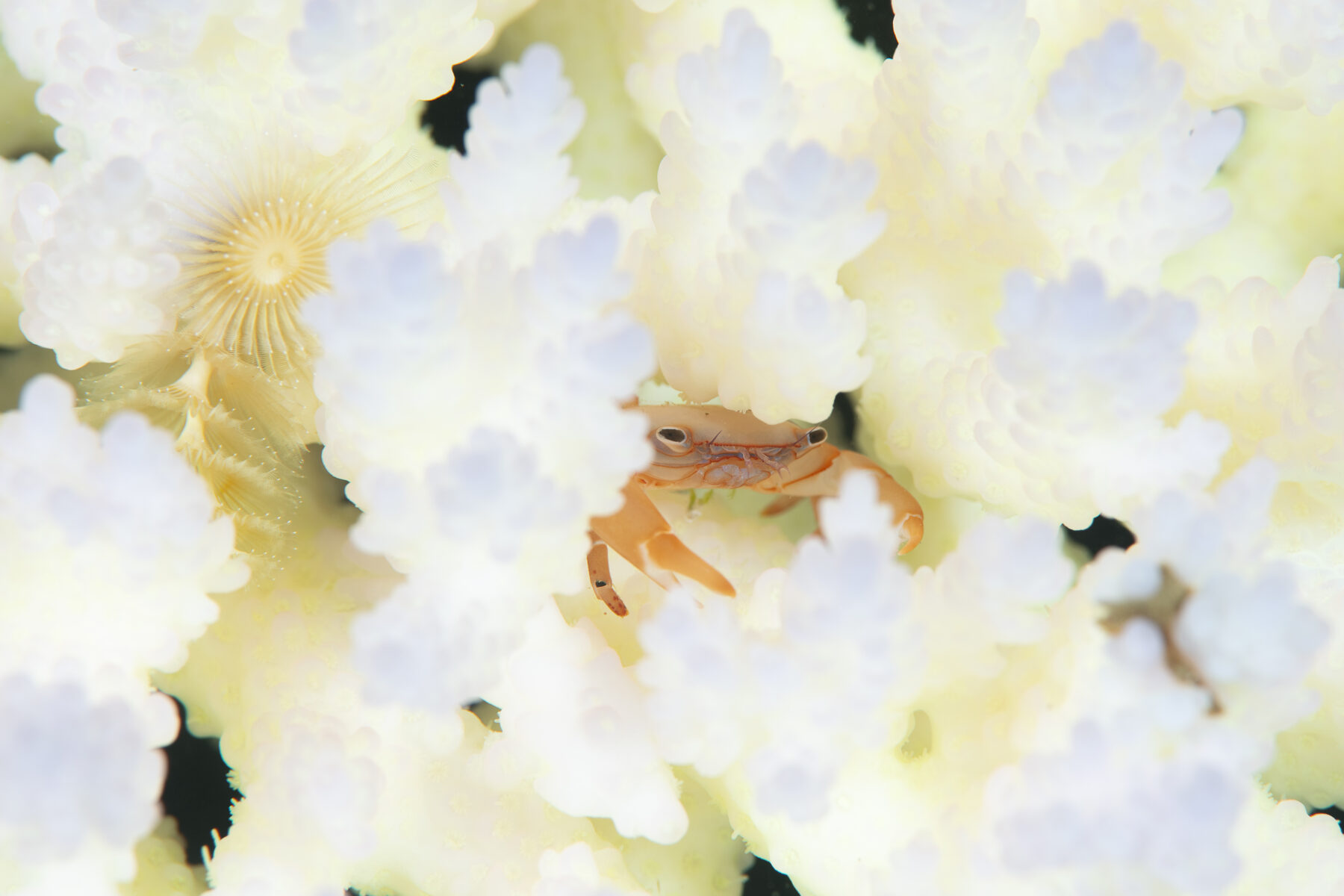
At this point the term ‘bleached’ refers to the white skeleton seen beneath the tissue. In fact, there is also a phenomenon of ‘colourful bleaching’ where the bleached coral produces neon pigments that act as a kind of sunscreen to reduce sun damage. The pigments produced vary both within and between species, some are neon yellow, others blue and some corals even turn bright pink. These pigments may allow the coral to recover if the heat stress isn’t too extreme in duration or severity.
Perversely, witnessing a mass bleaching event is morbidly beautiful. Pure ghostly white is an unnatural colour underwater, or above, for that matter. It is like an otherworldly snow day. It seems even more unworldly when contrasted with the bold and beautiful colours of many coral reef fishes. Of course, the large-scale bleaching like we were seeing doesn’t bode well for most tropical coral reefs. If the heat stress doesn’t soon reduce, allowing recovery of the coral and reinfection by algal symbionts, then sadly the next step after bleaching is the death of the coral.

After about three weeks of our expedition we began to see the tissues melt off the coral skeletons. The layer of tissue is so thin that this stage can easily go unnoticed. Soon, the more noticeable process of filamentous algae settling on the exposed skeleton becomes apparent. The coral regains its beige colour, but, of course, these algae are growing directly on the skeleton and not symbiotically within the coral’s tissues. So, although the reef looks much more normal again, it is anything but.
For many species that live on the reef, life continues as normal at first. Those lost at this stage are the ones that rely directly on living coral, such as the harlequin filefish and butterflyfishes that feed on coral polyps. The Braun’s pughead pipefish, coral blennies and stunning pinkeye gobies are lost too. They all require tissue-covered healthy corals with branches, between which they can evade predators, breed and feed. Most habitat specialists can’t relocate to another host once they have settled as a fry or larva, so their fate is inextricably tied to that of their specific host. It’s heartbreaking to watch these animals in the face of this large-scale loss of their homes. This is where grief rears its ugly head again, and depression sets in. Not only will these coral gobies flitting around in the coral in front of me have days or weeks remaining, but all other colonies on this reef or the neighbouring reef, for as far as this patch of warm waters reaches, will suffer the same fate.
After the corals die and filamentous algae settle, the physical structure of the reef initially remains. For many reef inhabitants, it’s primarily this structure and complexity they rely on. The damselfishes that feed on plankton, and the groupers that feed on the damselfishes, can continue survive…for now. With time, however, the stone skeletons of the corals begin to degrade and break down. Depending on the exposure of the site, this may take several years. The coral rubble that results even offers a home to fishes such as gobies, flasher and fairy wrasses, but again only fleetingly before the rubble, too, becomes gravel and the flattening of the reef is complete. In the Caribbean, where some reefs have already degraded to the point of flattening, studies have shown how this can affect species that reefs support. The greatest reduction in species richness happens as a reef loses its structural complexity beyond an intermediary level. Ultimately, there are few winners as a reef flattens.
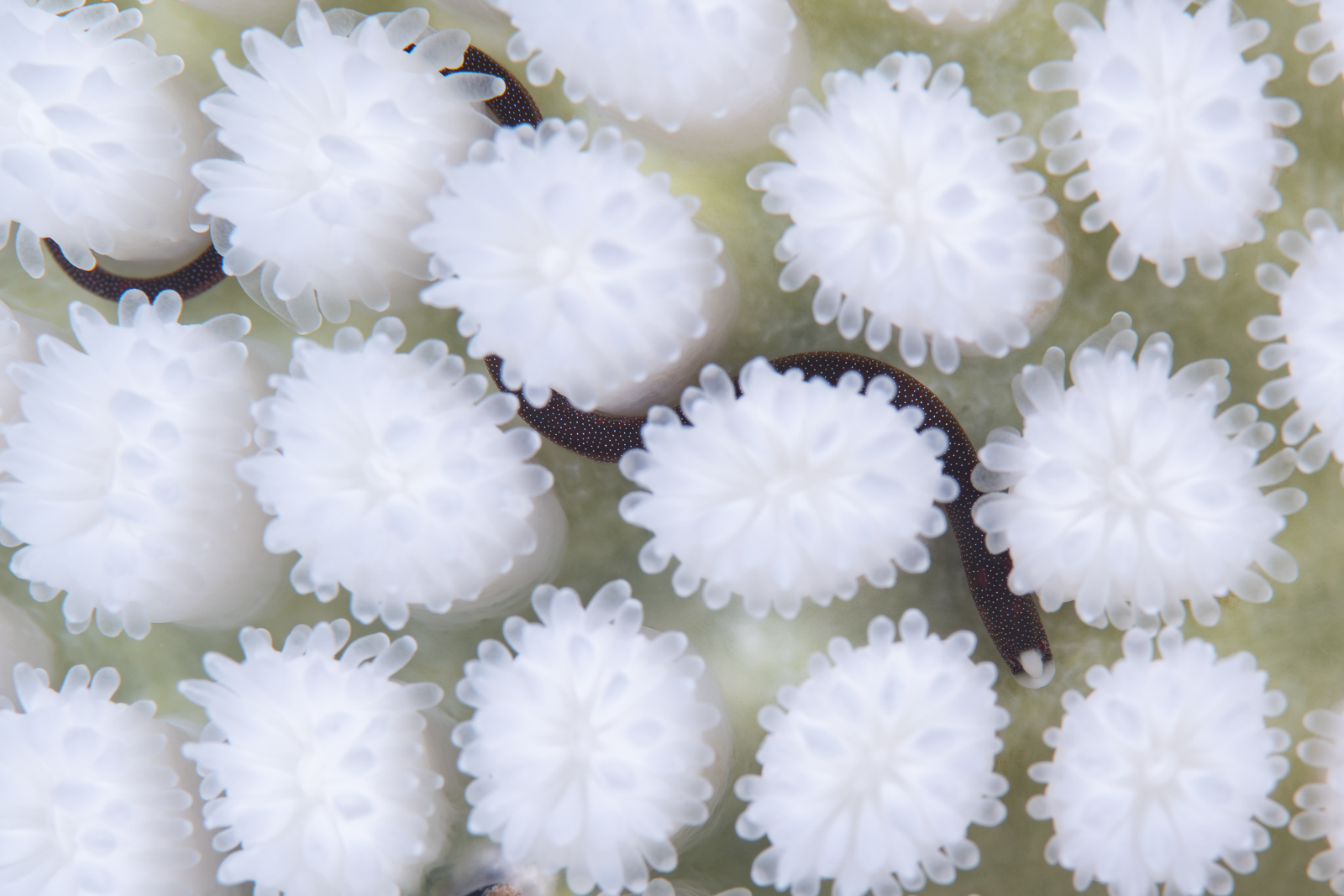
In recent years, there have been clickbait stories around the spectacular recovery of coral reefs after bleaching. As always for such stories, the devil is in the detail. After a mass bleaching, suddenly large areas of coral skeleton are exposed for new organisms to settle. Initially, filamentous algae may arrive, sponges and pioneering corals, too, are eager to cover the primed surfaces. These early corals tend to be among few weedy species that can settle and grow quickly.
Much like an area of newly overturned ground in a garden, or a recently felled old growth forest, weedy species will rapidly arrive and cover any exposed soil within months. Usually these will be just a few species of fast-growing plants that can outcompete others trying to grow. If your only metric is ground cover, the new patch of weeds offers the same cover as your old growth forest. However, clearly the number of species that an old growth forest can accommodate is astronomically higher than a weed patch can support. Over time, the weed community may develop, and in at least a centuries’ time, the weed patch could become a forest.
Just like an old growth forest, long-established coral reefs foster hundreds of coral species, each supporting their own specialist species, and it is here that the incredible diversity of coral reefs lies. As far as I’ve seen, no reef that’s experienced a mass bleaching event is yet to recover to its former glory.
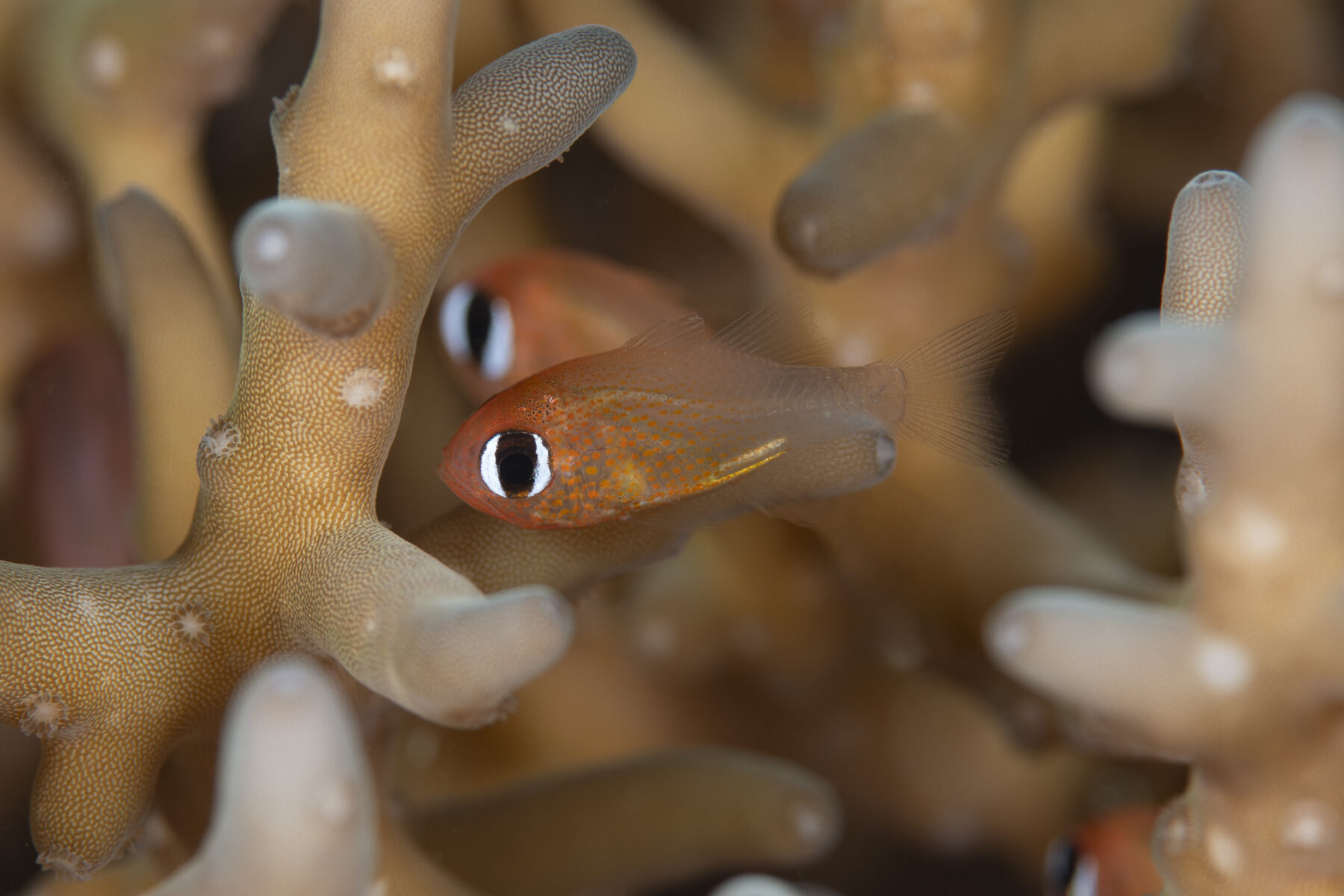
There are famously five stages of grief: denial, anger, bargaining, depression and acceptance. When it comes to coral reefs and their gradual decline due to human-induced warming, I think I’ve experienced all but the last. I don’t believe we should ever accept that such an incredible ecosystem can vanish without us making every effort to avert its loss.
If 2023 taught us anything, it is that there is no longer any denying the world is changing. Australia experienced its warmest winter on record, the last remnant of Floridian reefs were largely lost to record-breaking water temperatures, and Canada’s forests burned en masse.
With an El Niño summer on its way, the coral reefs of Australasia face an uncertain few months.
Scientific evidence points to the reef’s best hope being the immediate reduction of greenhouse gas emissions to avoid a continued escalation of climatic heating that coral reefs, as we know them, simply will not endure.
Dr Richard Smith is an underwater photographer, author and marine conservationist. A marine biologist by trade, Richard’s research on the biology and conservation of pygmy seahorses led to the first PhD on these enigmatic fishes. He’s the author of the bestselling The World Beneath: The Life and Times of Unknown Sea Creatures and Coral Reefs (Apollo Publishers, 2019).




